In Photos: Adorable Voles

Vole

The common vole (Microtus arvalis) is the most common species in European farmland. Continent-scale collapses in population cycles of these species and other grass-eating voles could have profound effects on predators and on other components of the food web.
Vole
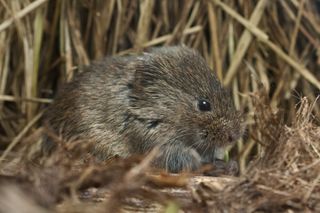
The root vole (Microtus oeconomus) is often a dominant species in rodent communities, inhabiting various types of wet grasslands. Continent-scale collapses in population cycles of this species and other grass-eating voles could have profound effects on predators and on other components of the food web.
Vole
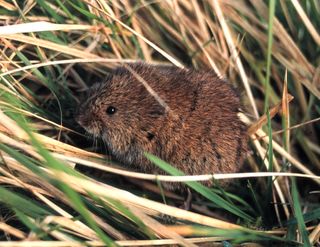
Pulses of field vole abundance are getting fainter across Europe, part of a continent scale pattern.
Vole
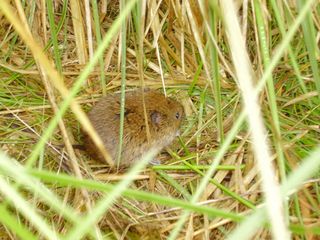
The loss of large pulses of abundances of grass eating voles across Europe is likely to affect the composition of plant, predator and pathogen communities.
Vole
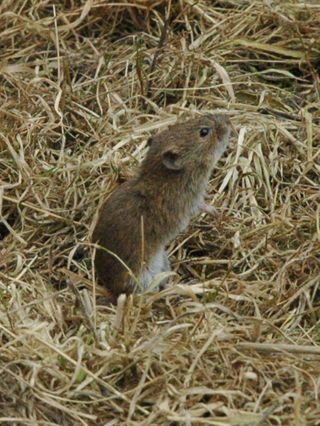
Cyclic outbreaks of common voles are an important feature of many agricultural landscapes in Europe. As with other grass eating vole species in Europe, the amplitude of these has declined.
Vole
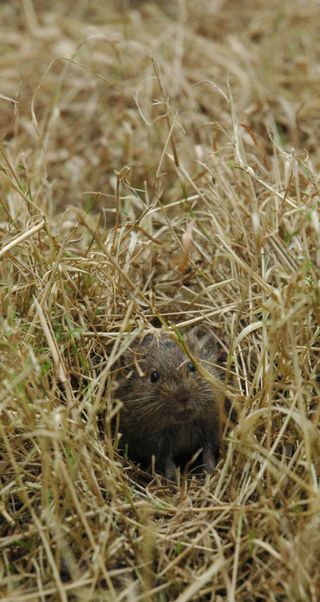
Farmland ecosystems across Europe used to be dominated by often damaging outbreaks of common voles. The amplitude of vole outbreaks has declined across Europe, with a likely large impact on the functioning of ecosystems.
Vole

Like related species, common vole populations used to have high amplitude fluctuations in abundance. There has been a continent-wide decrease in the amplitude of those fluctuations.
Sign up for the Live Science daily newsletter now
Get the world’s most fascinating discoveries delivered straight to your inbox.
Vole
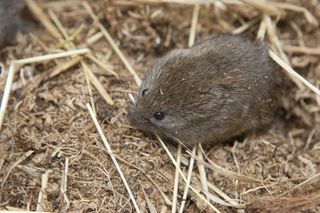
Field vole (Microtus agrestis).
Vole
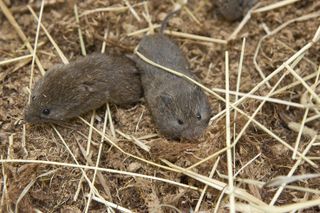
Field voles (Microtus agrestis).

